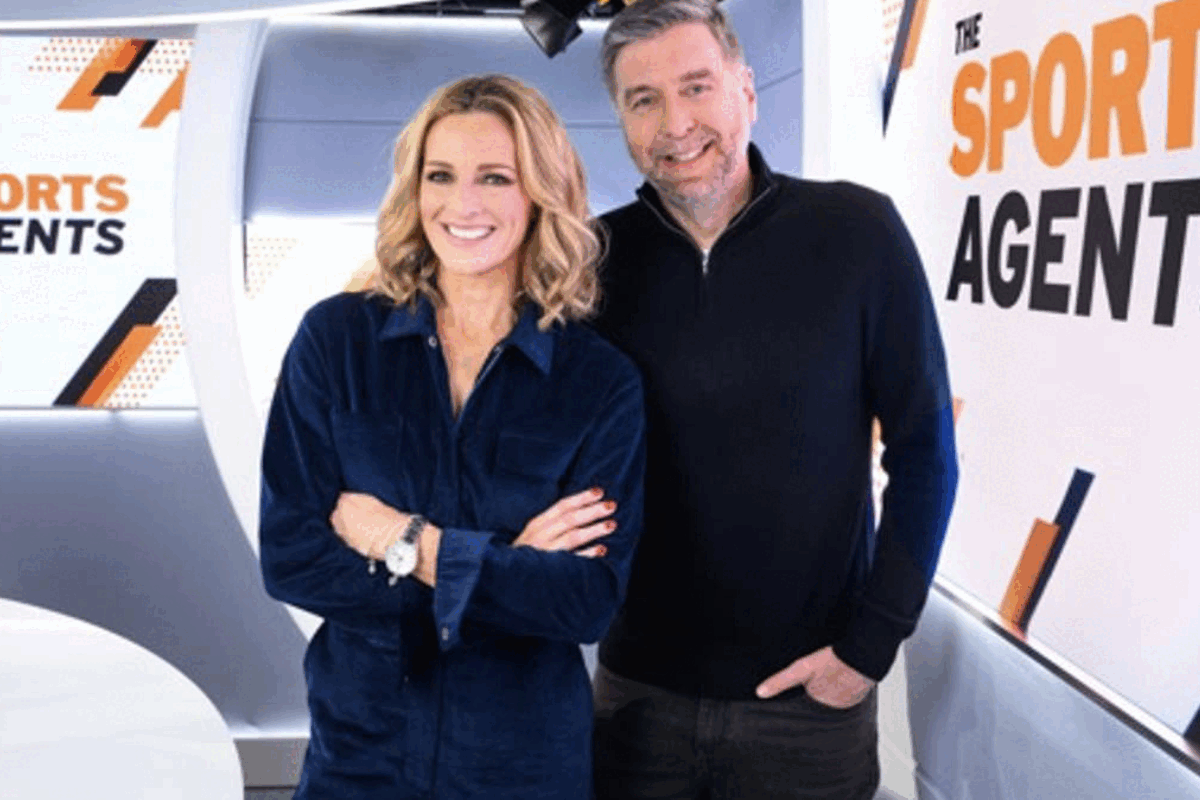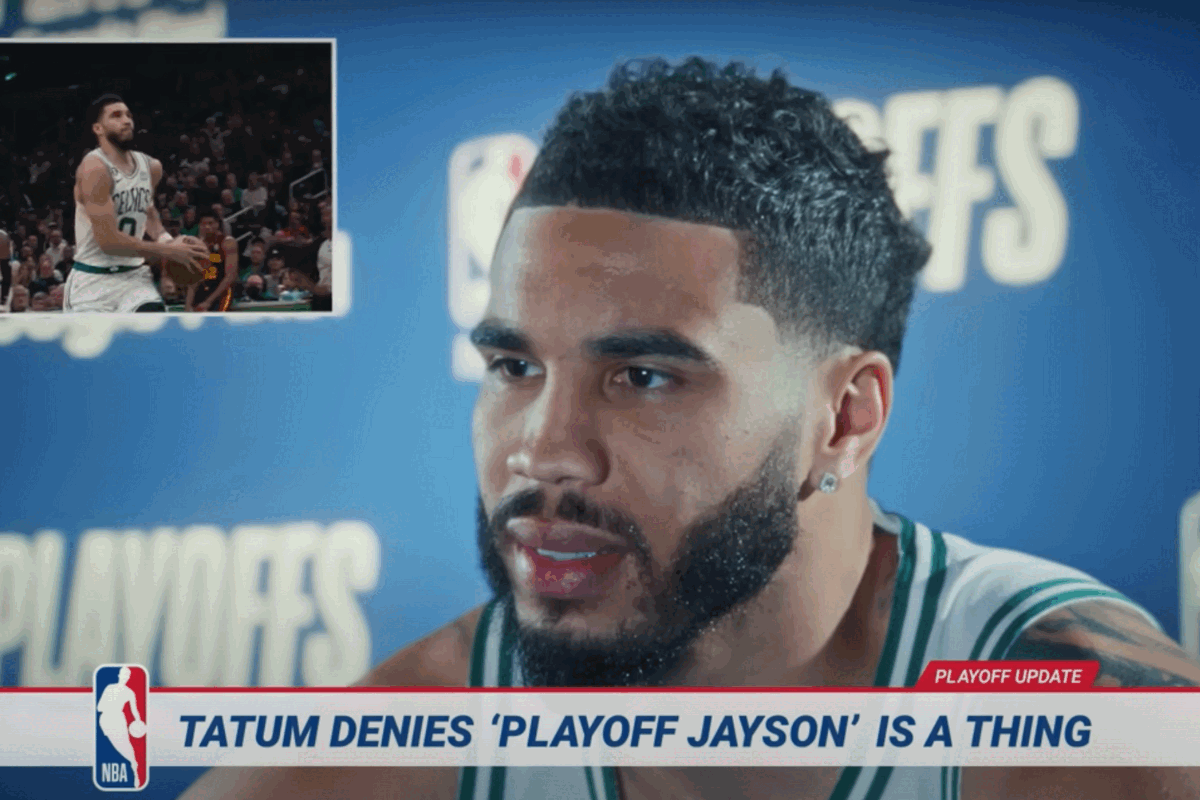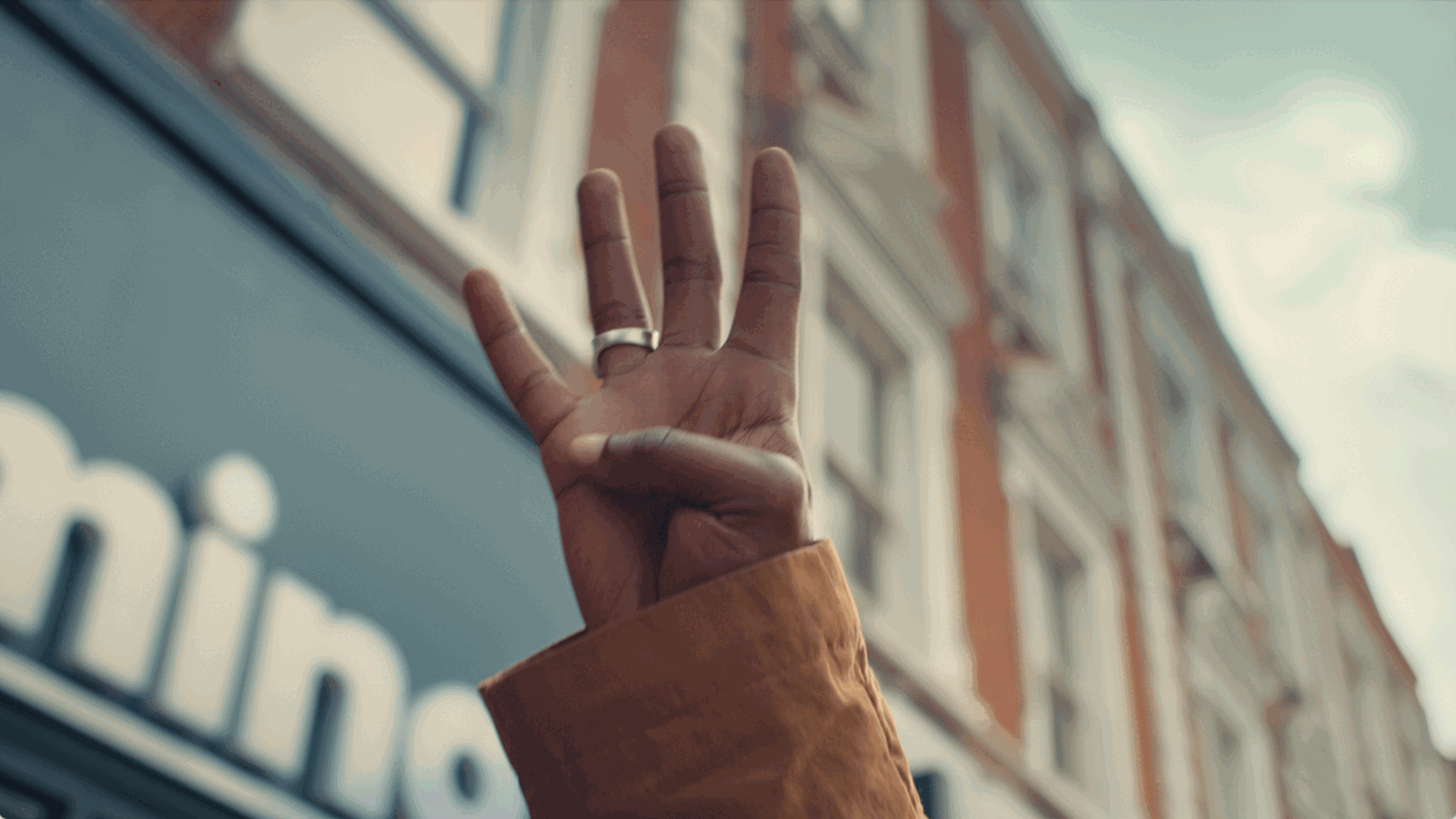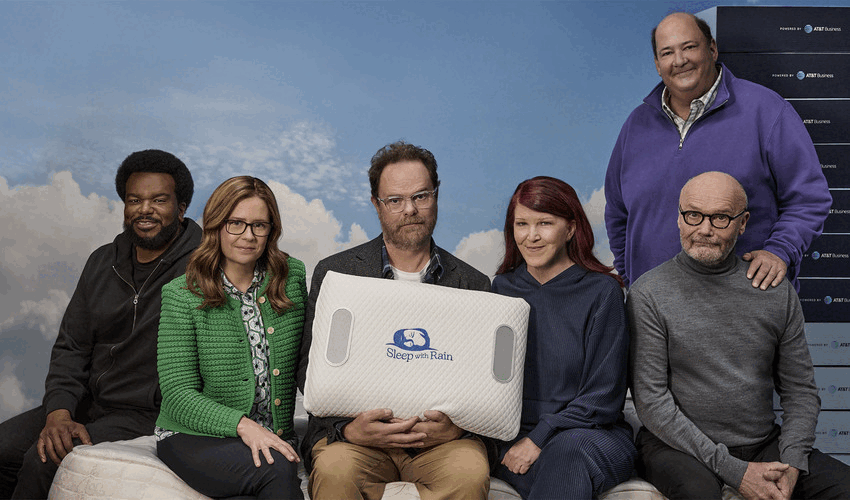Clear Channel: Our programmatic approach is different to the way it rolled out online
- Monday, October 2nd, 2017
- Share this article:
 When you hear ‘programmatic’, you probably wouldn’t associate it with the billboards you see on your commute to and from work. But really you should, because those digital billboards you see are traded in the same way that an increasing amount of digital advertising is – programmatically.
When you hear ‘programmatic’, you probably wouldn’t associate it with the billboards you see on your commute to and from work. But really you should, because those digital billboards you see are traded in the same way that an increasing amount of digital advertising is – programmatically.
Clear Channel, a UK Out of Home (OOH) media owner and British division of iHeartMedia, knew that it had to find a way to make the process of buying its vast ad space easier for brands and found programmatic trading was the way to do it.
“Programmatic is about looking at the end-to-end process – everything from the media planning side through the activation of a campaign, through optimisation of a campaign, right through to the end of the campaign, to reporting, to judging effectiveness of the media – all of that with an underlying layer of focus on audience,” said Cadi Jones, commercial innovation director at Clear Channel, speaking at the Mobile Marketing Programmatic Summit. “That’s how we’re thinking about programmatic in the OOH space. It’s important to keep that in mind because a lot of what we’re doing in OOH might perhaps be different to the way programmatic has rolled out in online.”
Clear Channel’s programmatic approach focuses on guaranteed transactions, as opposed to real-time bidding, “because we know brands want to be in a particular place at a particular time,” said Jones.
The company focuses on automating its inventory internally, by understanding audience data and building packages for brands so that they can reach their desired audience. If an order is taken, Clear Channel has to automate the scheduling and optimisation of the campaign, and then get it onto its panels.
“Once we’ve done the backend – the internal automation, on our side – we are opening up to transact programmatically with anyone who wants to,” said Jones. “We’ve developed our own ad platform, which is power by APIs. We’ve used IAB protocols – OpenDirect protocols – because we want to be working with other media, and available through the tools that you’re using to buy other media.
“Those APIs connect into our own buying platform, but, more importantly, into the planning/buying tools that agencies are using to build their media plans – and also into demand-side platforms (DSPs). So, you can connect in an omnichannel, real-time way.
“I want you to be able to see OOH alongside mobile, alongside desktop, alongside TV and radio – so you can really compare how the different media mix is working and optimise that to drive the most success for your brands.”
Digital reach
Clear Channel is the owner of 7,000 digital panels across the UK, accounting for more than 55 per cent of its revenue. So, a large number of people will come across one of the company’s digital panels every single day.
“You can reach more unique users than you can reach by buying an ad in a national newspaper – so, it’s a huge way of communicating with the bulk of the nation,” said Jones. “There are lots of people that are really hard to reach that don’t have TVs and don’t listen to commercial radio anymore, so it’s a great medium for communicating with a mass audience.”
This connection with an audience makes OOH the last-touch medium to reach a consumer before they enter a shop, along with mobile, according to Jones. And, accordingly, this makes OOH “a public promise”.
Despite the number of panels controlled by Clear Channel, it knows that the number isn’t going to suddenly increase on the back of a breaking news story, like with other forms of advertising. It knows what it has and knows what it has to sell.
However, this works in favour of the OOH media owner as it tends to sell out its inventory, unlike other mediums.
“If Kim Kardashian gets mugged, we don’t suddenly get 1000 extra panels on the street in front of a load of teenage girls,” said Jones. “If a bank goes bust, we don’t suddenly get an extra 100 panels in the City. It just doesn’t change like that. We know exactly what inventory we’ve got where and when, and the other side of that, which is the real difference to online, is that we sell our inventory out. We have sell through rates of north of 90 per cent – quite frequently north of 95 per cent.”
Brand safety ensured?
With this impressive sell through rate, Clear Channel can also ensure brand safety. Well, for the most part it can, but nobody and nothing is perfect.
One incidence of an ad appearing in an inappropriate location occurred when the company positioned an ad for The Walking Dead alongside a funeral parlour.
On top of this, the OOH business is slightly different to the online world when it comes to rubbing people up the wrong way, and that means one inappropriate ad could lose Clear Channel a contract for many years.
“We have inventory on the streets because we partner with local authorities, who give us permission to put our panels in place and we pay them for that,” said Jones. “The piece with that though is that those contracts are normally somewhere between seven and 15 years. If we mess up and serve something inappropriate, and they kill that contract with us, we could be out of the city for seven to 15 years.
“It’s a bit different to someone getting upset with a particular media owner because they ran their content on something you didn’t like, someone pays some compensation, and six months later they’re back online. It could really destroy our business. So, as a media owner, this is really more on us than it is on brands in other media.”















